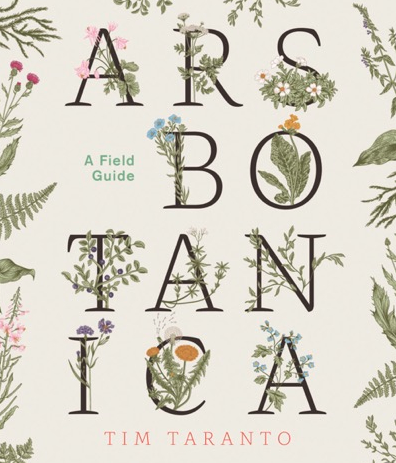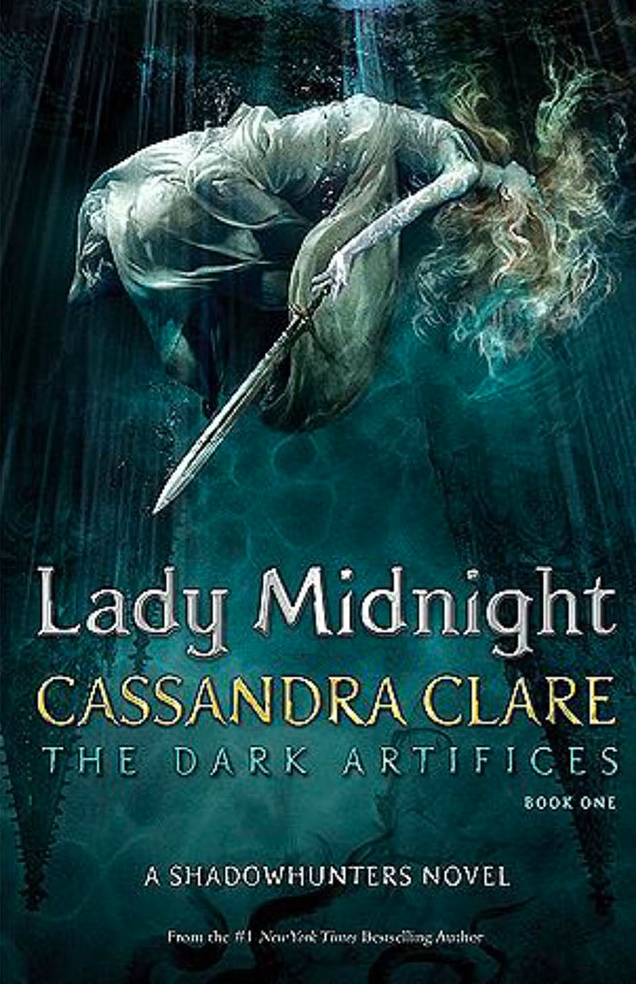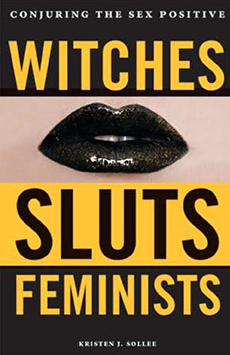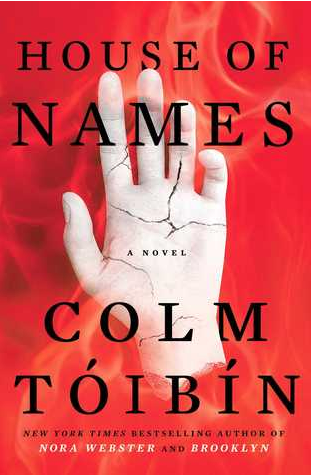Stray City
Chelsey Johnson tells the story of a lesbian living in 90s Portland who has a straight fling that leaves her pregnant.
How does a lesbian get pregnant in the first place? And what does she do with the pregnancy?
Andrea is just a shell of a good child from Nebraska who goes to church with her family and bides her time being who they want her to be. She turns 18, moves to Portland for college, goes by “Andy,” and is finally able to be herself: queer. She becomes a part of the lesbian community in the city and finds a home here, staying even after dropping out of school.
Set in Portland in the late 90s, Chelsey Johnson describes a place and time many of us want to go back to – even if we were never there. There is a community of queer punk kids who become queer punk adults and make families with each other when they no longer have support from their own. Stray City moves because it is told through many ways: first person narrative, third person, letters, voicemails, internet search history, and other forms.
Andrea becomes Andy and finds herself in the thick of the “Lesbian Mafia,” going to shows and swapping girlfriends in their ever-small circle. Reeling from a fresh, passionate breakup, she sleeps with a man . . . a few times.
Andy is a lesbian that has a straight experience. This is a counter narrative where the straight experience is the weird venture, the one-off thing. At its core it is a story about community, learning who we are, and that life is not always a linear journey.
Chelsey Johnson tells a story of navigating sexual experience in a real way. Andy is a lesbian at a time and place where “bisexual” is a way to stay in a safe gray space without fully coming out. She is not bisexual, she says, but she has to reconcile her feelings about Ryan, the one straight man she likes enough to sleep with.
Sleeping with Ryan leads to a pregnancy that Andy ultimately decides to keep. She then has to navigate social expectations in queer communities as well as learning how to be a queer parent in a straight-parent society. Andy faces real fears like: what if her straight parents decide they want to fight for the right of the child? What if the home she has built in the lesbian community is broken with the news of her heterosexual activity?
Andy brings us through how she deals with these new experiences, how curiosity and insecurity plays into sexuality and how we are not always our labels, even if we’ve used them to define ourselves in the past. Stray City is for anyone feeling a bit like a stray.
Reviewed by Emma Givens
Published by Harper Collins, 2018
ISBN: 9780062666680
Pages: 432










